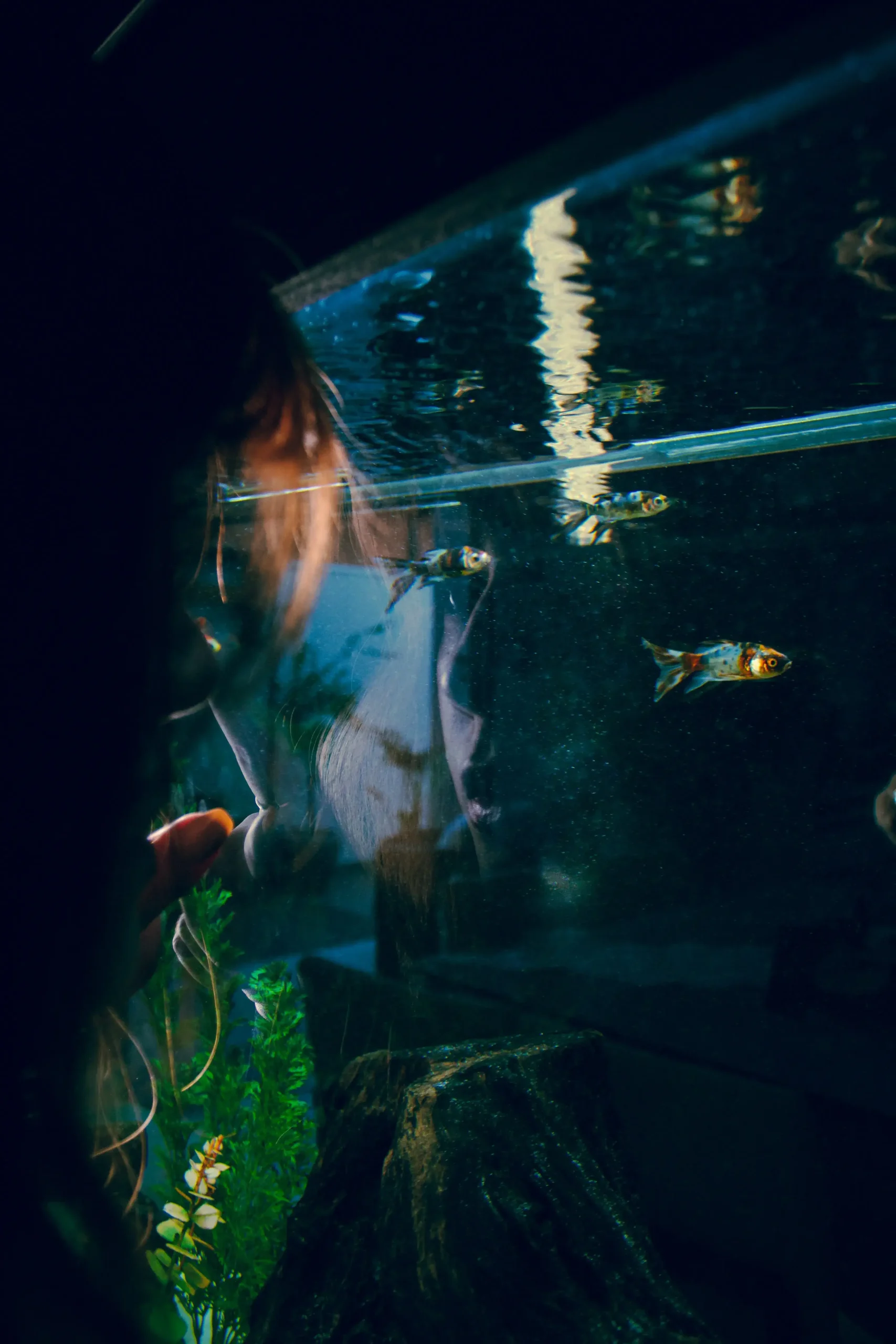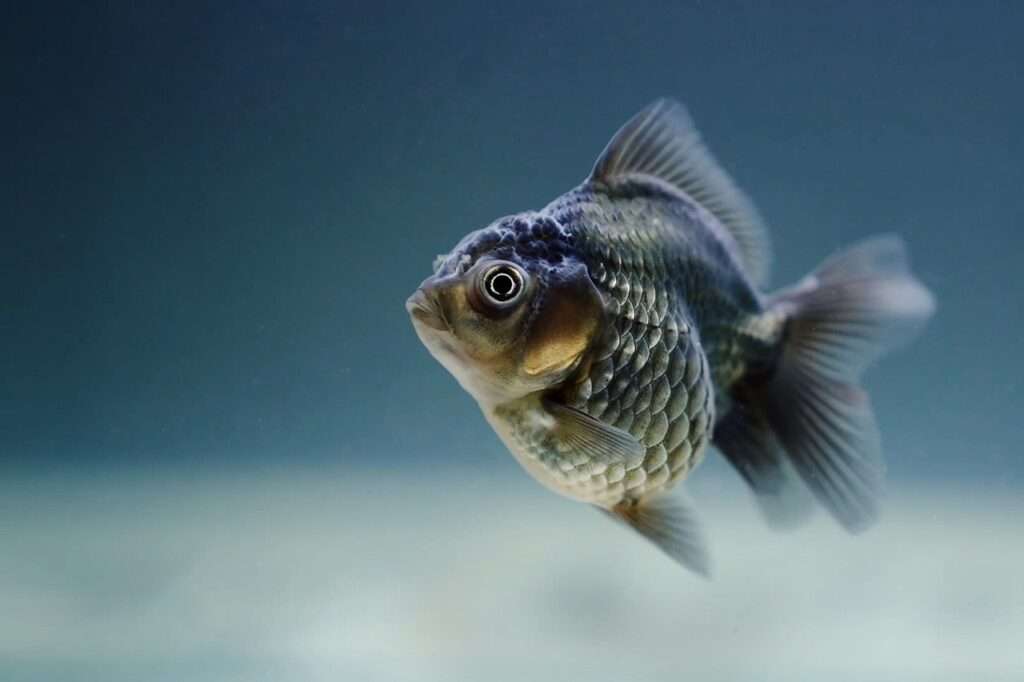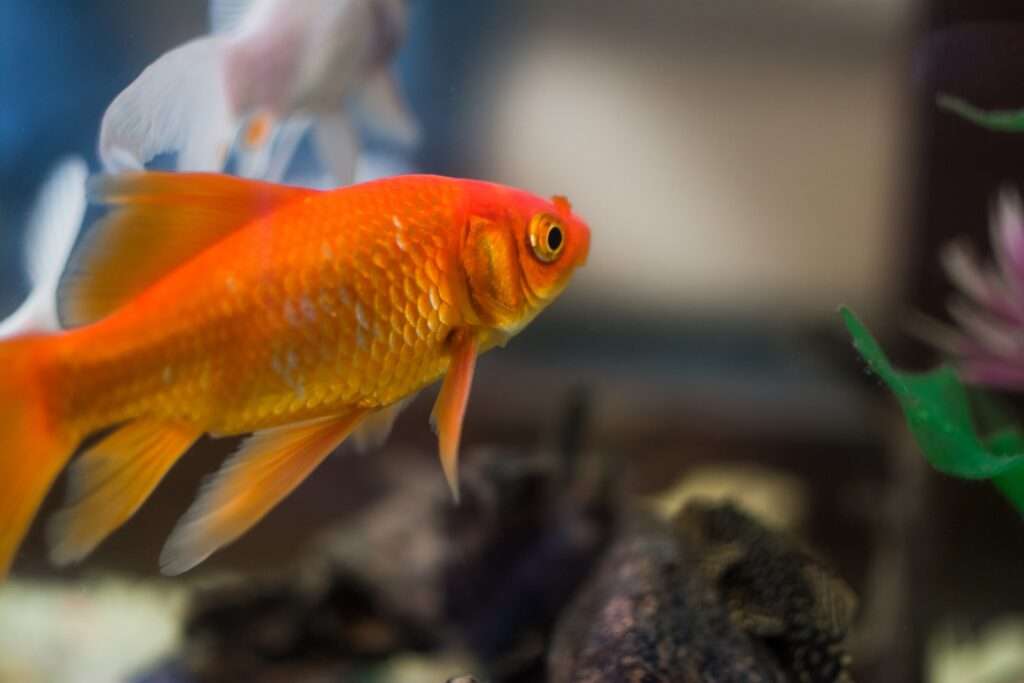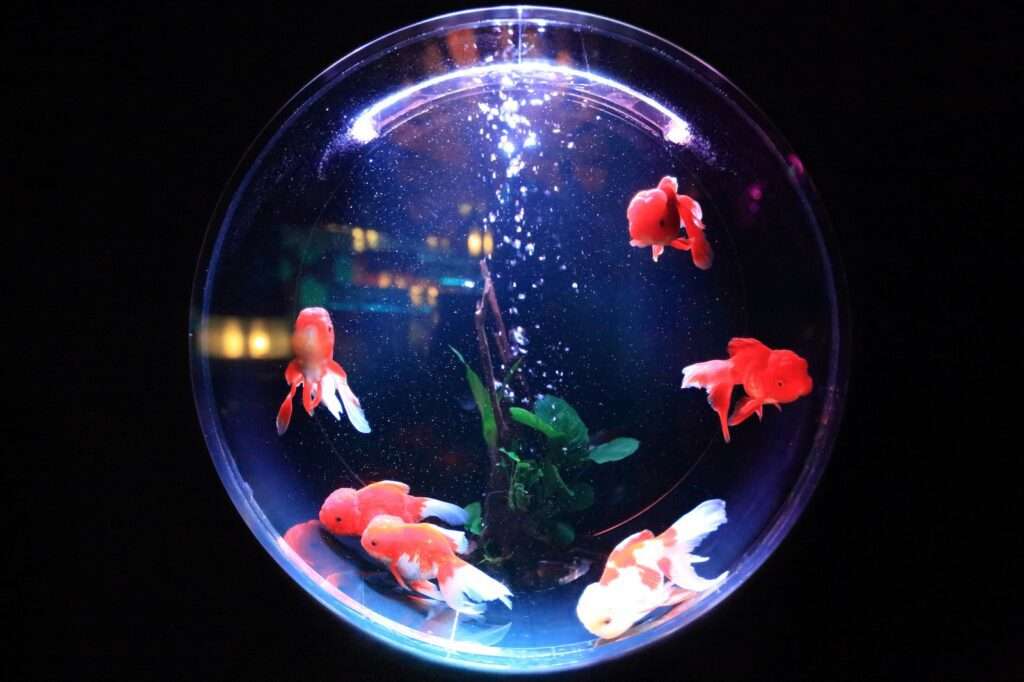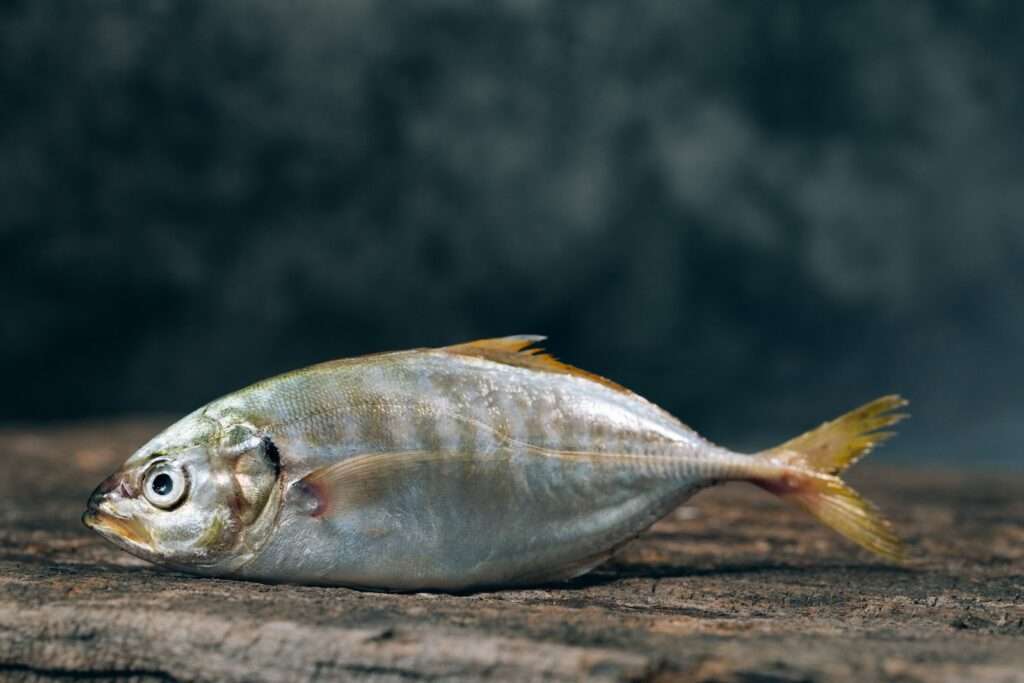Introduction:
Keeping fish as pets can be a rewarding experience. However, as an aquarium owner, it is crucial to understand the importance of proper feeding and the potential dangers of overfeeding. In this article, we will explore why overfeeding can harm your fish, how to prevent it, and answer some frequently asked questions to help you maintain a healthy and thriving aquarium.
I. The Perils of Overfeeding
Overfeeding your fish can have several negative consequences:
A. Poor Water Quality
When excess food accumulates in the fish tank, it can lead to poor water quality. Uneaten food decomposes and releases harmful substances into the water, such as ammonia and nitrites, which can be toxic to fish. This can result in stress, illness, and even death.
B. Nutritional Imbalance
Overfeeding can disrupt the balance of nutrients in your fish’s diet. Fish require a specific combination of proteins, carbohydrates, and vitamins to maintain optimal health. Excessive feeding can lead to an overabundance of certain nutrients, while others may be lacking, causing nutritional imbalances that can weaken their immune system and make them more susceptible to diseases.
C. Increased Risk of Diseases
Overfeeding can also increase the risk of diseases in your fish tank. The excess food can lead to the growth of harmful bacteria and parasites, which can cause infections and other health problems for your fish. Additionally, overfed fish may become overweight, which can put strain on their organs and make them more prone to diseases.
II. Signs of Overfeeding
To prevent overfeeding, it is essential to be aware of the following signs:
A. Uneaten Food Accumulation
If you notice leftover food in your fish tank after feeding, it is a clear indication that you are overfeeding your fish. Uneaten food should be promptly removed to maintain water quality.
B. Cloudy Water
Overfeeding can lead to cloudy water due to excess organic matter. This can be caused by decaying food particles and the subsequent growth of bacteria and algae. Cloudy water is not only visually unappealing but also indicates a potential problem with water quality.
C. Algae Growth
Overfeeding provides an abundance of nutrients for algae to thrive. If you notice an excessive growth of algae in your fish tank, it may be a sign of overfeeding. Algae can compete with your fish for oxygen and nutrients and can also create an unbalanced ecosystem.
D. Decreased Fish Activity
Overfed fish may become lethargic and less active. They may spend more time at the bottom of the tank or exhibit reduced swimming and feeding behaviors. If you notice a significant decrease in fish activity, it could be a sign that they are being overfed.
III. How to Prevent Overfeeding
To prevent overfeeding and its associated dangers, follow these tips:
A. Establish a Feeding Schedule
Create a consistent feeding schedule for your fish. Most fish do well with one to two small feedings per day. Research the specific dietary needs of your fish species and tailor the feeding schedule accordingly.
B. Give Appropriate Amounts
Feed your fish an amount they can consume within 2-3 minutes. It’s better to slightly underfeed than overfeed. Remember, fish have small stomachs, and their metabolism is slower than ours.
C. Monitor Fish Behavior
Observe your fish’s behavior after feeding. If there is still food remaining after a few minutes, you may be overfeeding them. Adjust the amount of food accordingly.
D. Use Feeding Tools
Using feeding tools like a small spoon or a feeding ring can help control the amount of food and prevent excess from sinking into the substrate. This will make it easier for you to remove any uneaten food and maintain water quality.
IV. Frequently Asked Questions
A. How often should I feed my fish?
The frequency of feeding depends on the fish species. In general, most fish do well with one to two small feedings per day. However, it is essential to research the specific dietary needs of your fish and tailor the feeding schedule accordingly.
B. How much food should I give to my fish?
The amount of food also varies depending on the fish species. As a general guideline, feed your fish an amount they can consume within 2-3 minutes. It’s better to slightly underfeed than overfeed.
C. What happens if I accidentally overfeed my fish?
Overfeeding can lead to excess food accumulation, which can result in poor water quality, increased algae growth, and stress for your fish. If you notice any signs of overfeeding, promptly remove any uneaten food and perform a partial water change to maintain optimal conditions.
D. Can I feed my fish different types of food at once?
Some fish can tolerate a varied diet, but it is essential to choose compatible foods and not exceed the recommended daily intake. Consult a fish expert or refer to specific guidelines for your fish species to ensure a balanced diet.
E. Is it necessary to fast my fish occasionally?
Yes, occasional fasting is beneficial for most fish species. It allows their digestive system to rest and helps prevent the build-up of waste in the aquarium. Consider fasting your fish once a week by skipping a feeding day.
F. Are there any signs that indicate my fish are underfed?
Signs of underfeeding may include decreased activity, weight loss, reduced color vibrancy, and sluggish behavior. If you suspect your fish are underfed, consult a fish expert to evaluate their dietary needs and adjust accordingly.
Conclusion:
Ensuring the well-being of your fish starts with proper feeding habits. Overfeeding can lead to detrimental consequences, such as poor water quality, nutritional imbalances, and increased vulnerability to diseases. By following the preventative measures outlined in this article and understanding the signs of overfeeding, you can create a healthy and thriving fish tank environment. Remember, a well-fed fish is a happy fish!


